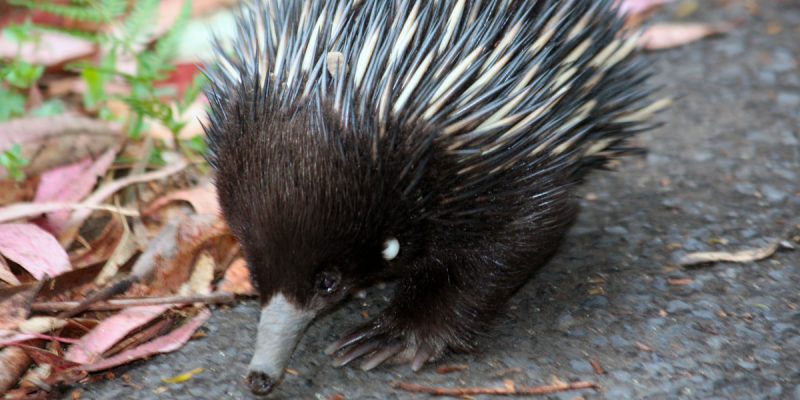Borrelia is a family of bacteria, a subset of which is responsible for Lyme disease. The Borrelia family also have other subsets like the Relapsing fever Borrelia and Reptilian Borrelia. While the Lyme variety of Borrelia has not been found in Australia, this paper confirms that varieties of uniquely Australian Borrelia have been identified and they are related to the Relapsing fever and Reptilian fever groups.
This relapsing fever Borrelia was found in the common tick that does bite people, the paralysis tick. This finding suggests that Australians who are ill with Lyme-like or relapsing fever like symptoms may be infected by this uniquely Australian relapsing fever Borrelia. However this needs to be proven by identification of the Borrelia in someone who is ill after a tick bite in Australia.
Int J Syst Evol Microbiol. 2017 Apr;67(4):1075-1080. doi: 10.1099/ijsem.0.001929.
Molecular characterization of ‘Candidatus Borrelia tachyglossi’ (family Spirochaetaceae) in echidna ticks, Bothriocroton concolor.
Loh SM1, Gillett A2, Ryan U1, Irwin P1, Oskam C1.
Author information
1 Vector and Water-Borne Pathogen Research Group, School of Veterinary and Life Sciences, Murdoch University, Perth, Western Australia, Australia.
2 Australia Zoo Wildlife Hospital, Beerwah, Queensland, Australia.
Abstract
Recently, a novel species of the genus Borreliawas identified in Bothriocroton concolor and Ixodes holocyclus ticks from echidnas. Analyses of 16S rRNA and flaB genes identified three closely related genotypes of this bacterium (Borrelia sp. Aus A-C) that were unique and distinct from previously described borreliae.
Phylogenetic analyses of flaB (763 bp), groEL (1537 bp), gyrB (1702 bp) and glpQ (874 bp) gene sequences and concatenated sequences (3585 bp) of three gene loci (16S rRNA, flaB and gyrB) were consistent with previous findings and confirm that this novel species of the genus Borrelia is more closely related to, yet distinct from, the Reptile-associated (REP) and Relapsing Fever (RF) groups.
At the flaB locus, genotypes A, B and C shared the highest percentage sequence similarities (87.9, 88 and 87.9 %, respectively) with B.orrelia turcica (REP), whereas at the groEL and gyrB loci, these genotypes were most similar (88.2-89.4 %) to B.orrelia hermsii (RF).
At the glpQ locus, genotypes A and B were most similar (85.7 and 85.4 % respectively) to Borrelia sp. Tortoise14H1 (REP). The presence of the glpQ gene, which is absent in the LymeBorreliosis group spirochaetes, further emphasises that the novel species of the genus Borrelia characterized in the present study does not belong to this group.
Phylogenetic analyses at multiple loci produced consistent topographies revealing the monophyletic grouping of this bacterium, therefore providing strong support for its species status.
We propose the name ‘CandidatusBorrelia tachyglossi’, and hypothesize that this species of the genus Borrelia may be endemic to Australia. The pathogenic potential of this bacterium is not yet known.




I use to live on a farm in the central wheatbelt frequented by echidnas, I have been up close to them as they fascinated me, it was on the farm about 4 years ago when I first became ill with Lyme like symptoms after noticing a bulls eye type of rash on my inner arm , currently being treated for it . Happy to help in any way I can
Evening Linda,Just wondering what treatment you are undergoing.My husband has been put on a waiting list mind you there is 450 people ahead of him.I can see him deteriorating every day .Have had a test done but came back as negative.At the moment he is seeing a Naturopath as No Doctor will look any further just telling us they have No answers to why this time last year he was working now he’s lucky if he can move around the house.Thanks for being HAPPY to help as not too many people want to listen.
Hi there I was told I had rickettsia from a tick I took antibiotics but 12 years later can hardly walk some days …. Is there a blood test for this candidatus borrelia